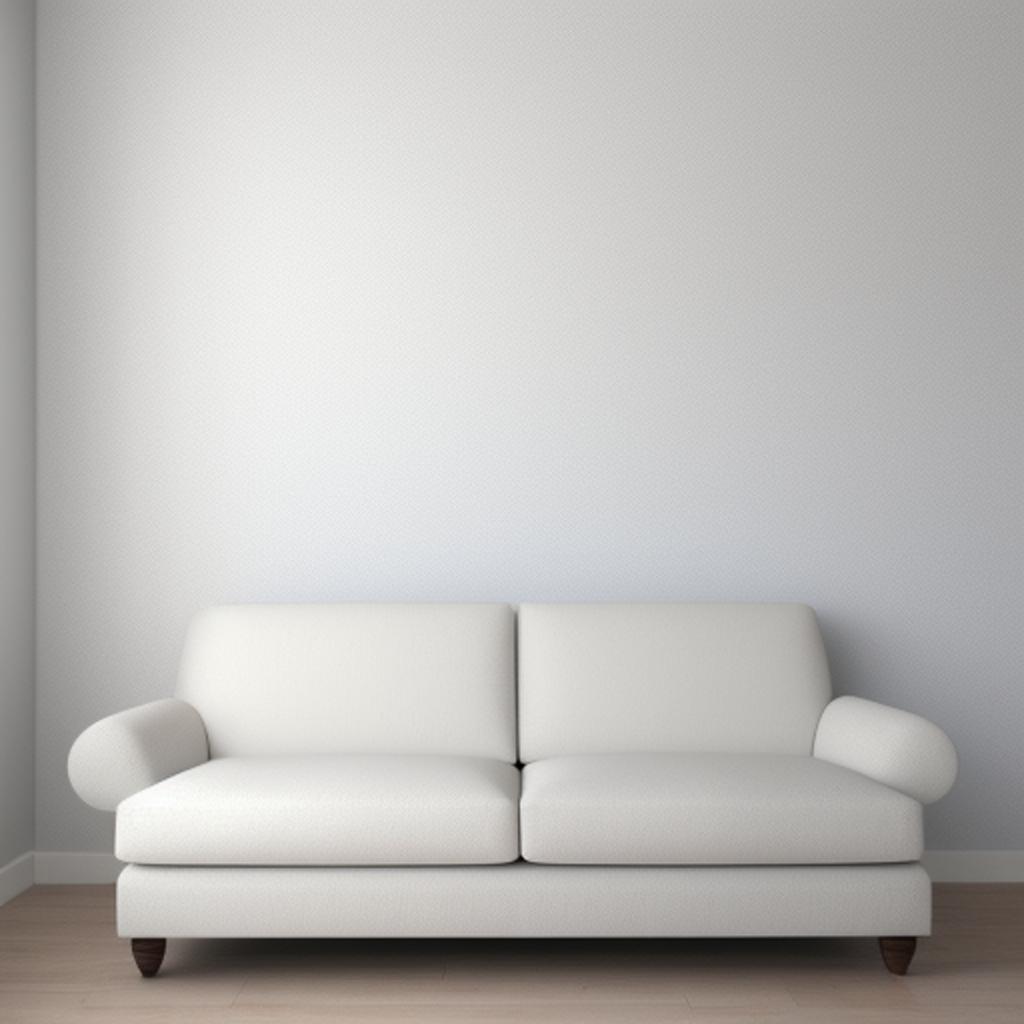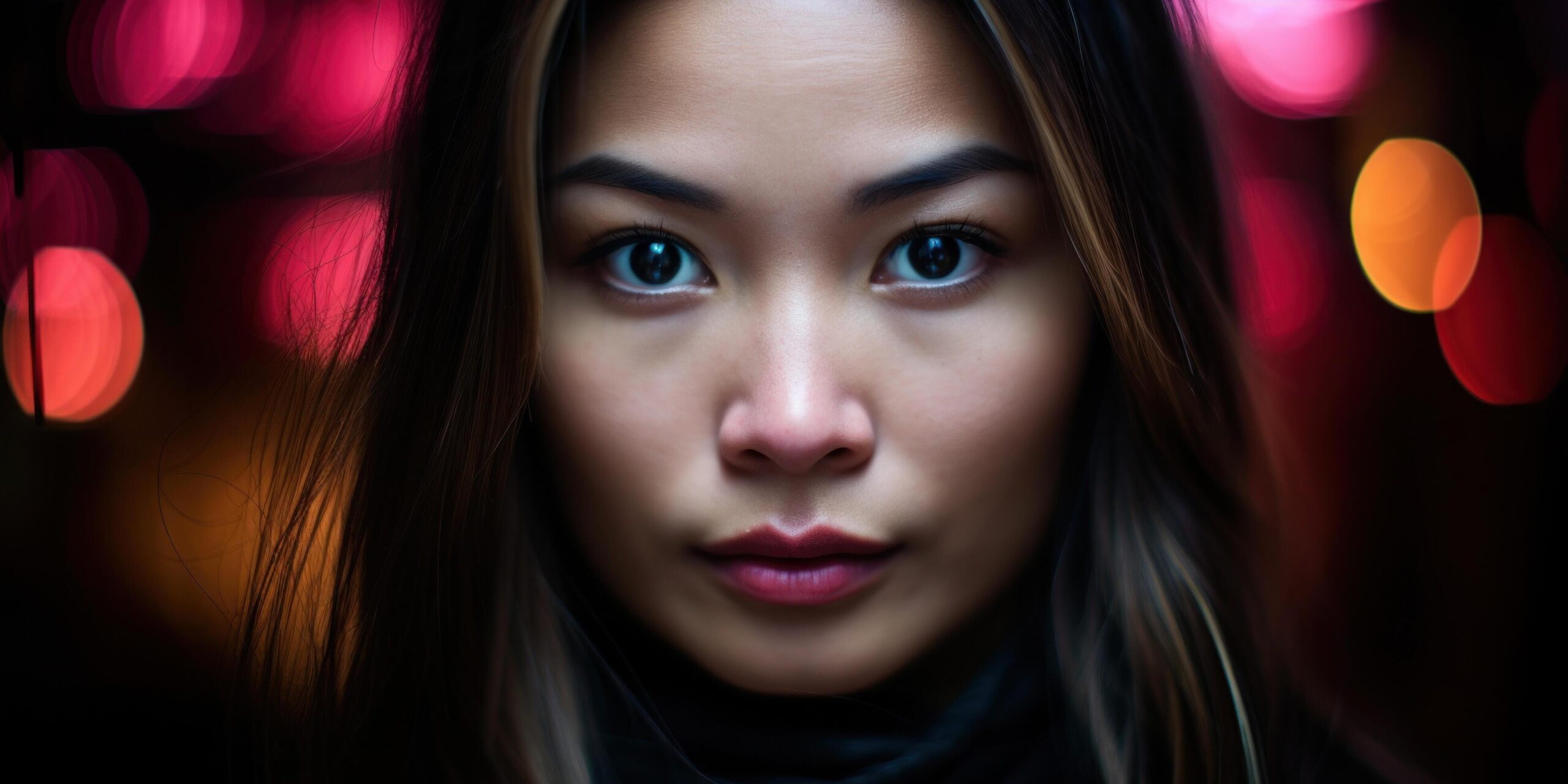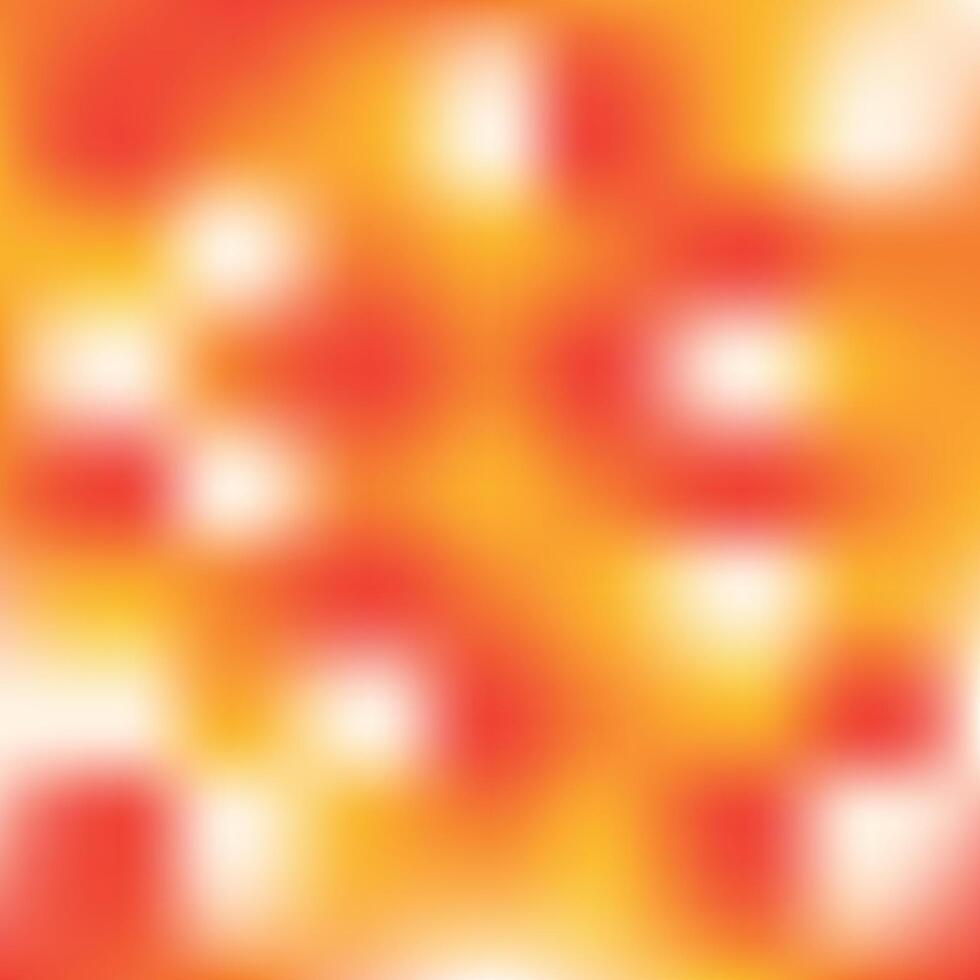The provided text prompt, “خلفيه بيضاء”, translates to “white background” in English, suggesting an image with a simplistic and clean aesthetic, commonly used as a backdrop or base for various digital content creations. This specific prompt, shared by the user @caesiprwent3tlxg36pa, hints that the individual may be an artist, designer, or content creator looking to utilize a white background in their work. A white background is often favored for its versatility, enhancing the visibility of text, images, and other design elements placed on top of it, making it a popular choice in graphic design, photography, and visual arts. It provides a neutral canvas that can adapt and complement a wide range of themes and visual styles, from modern and minimalistic to vibrant and colorful, allowing the primary content to stand out and grab the viewer’s attention effectively. Designers and creatives often rely on white backgrounds to create visually appealing and cohesive compositions, employing them in websites, presentations, social media posts, print materials, and various digital artworks. The use of a white background can evoke feelings of simplicity, elegance, sophistication, and cleanliness, setting the tone and context for the content it accompanies, whether it’s a logo, a product display, an advertisement, or an artistic piece. Artists and photographers frequently experiment with white backgrounds to play with light, shadows, and contrasts, using the blank slate to enhance the shapes, colors, and textures of the subjects or objects in focus, creating striking visual impact and emphasizing details effectively. In web design and user interface development, white backgrounds are popular for their user-friendly properties, offering readability, visual clarity, and ease of navigation, fostering a seamless and immersive digital experience for visitors and users. Moreover, white backgrounds are often associated with a sense of openness, space, and tranquility, providing a breathing room that can help reduce visual clutter and enhance overall aesthetics. They convey a timeless and classic aesthetic that transcends design trends and remains a staple choice across various creative fields and industries. Ultimately, the simplicity and versatility of a white background make it a ubiquitous and powerful design element, capable of elevating visual compositions and conveying different moods and messages effectively through the strategic placement of elements on its pristine surface.
Ad Area





